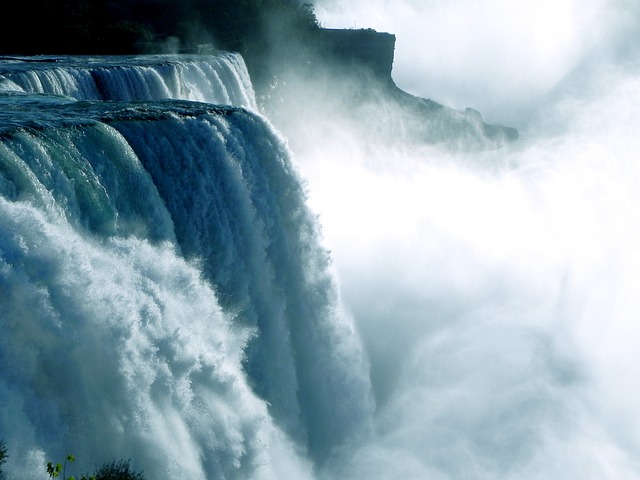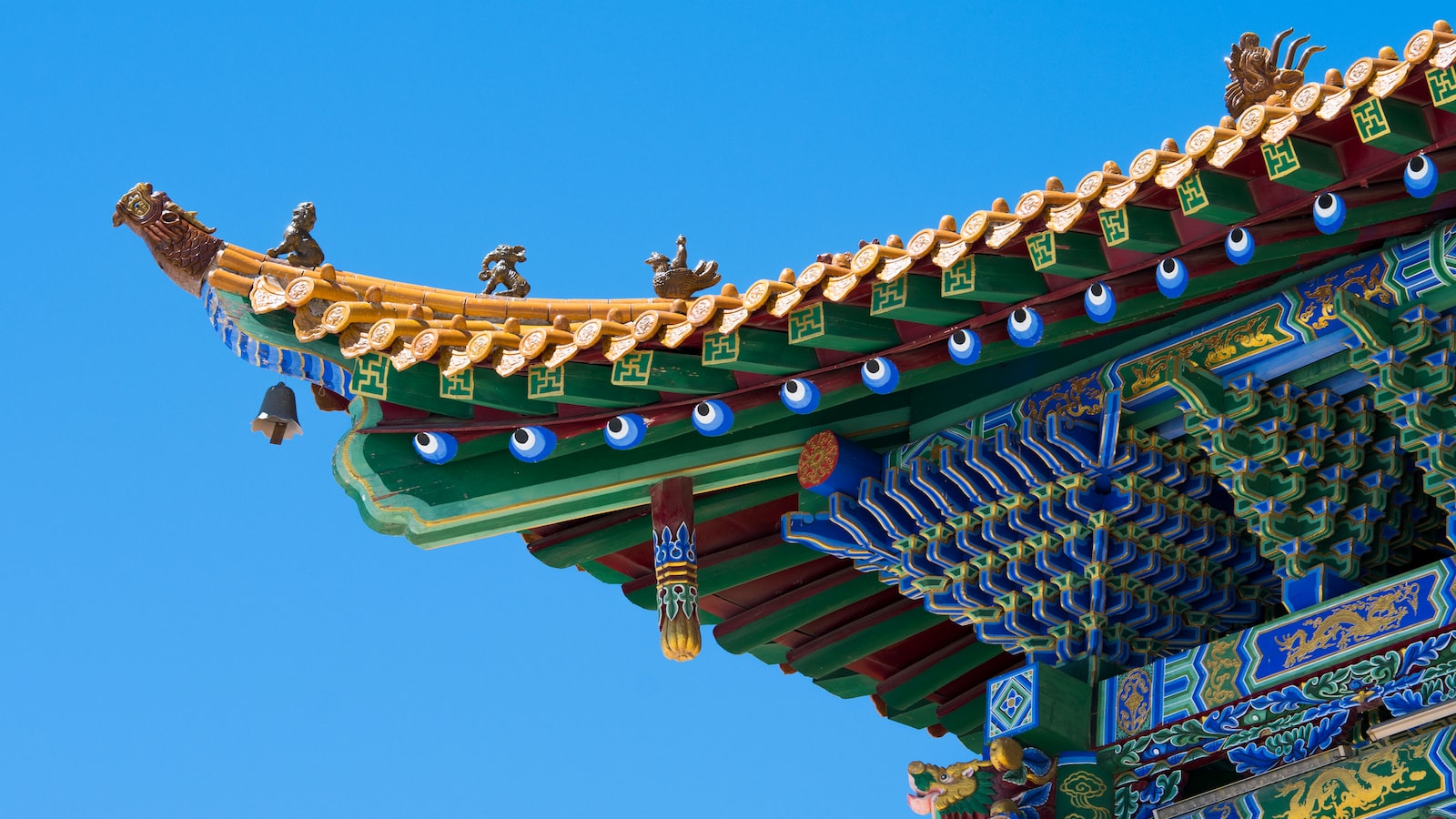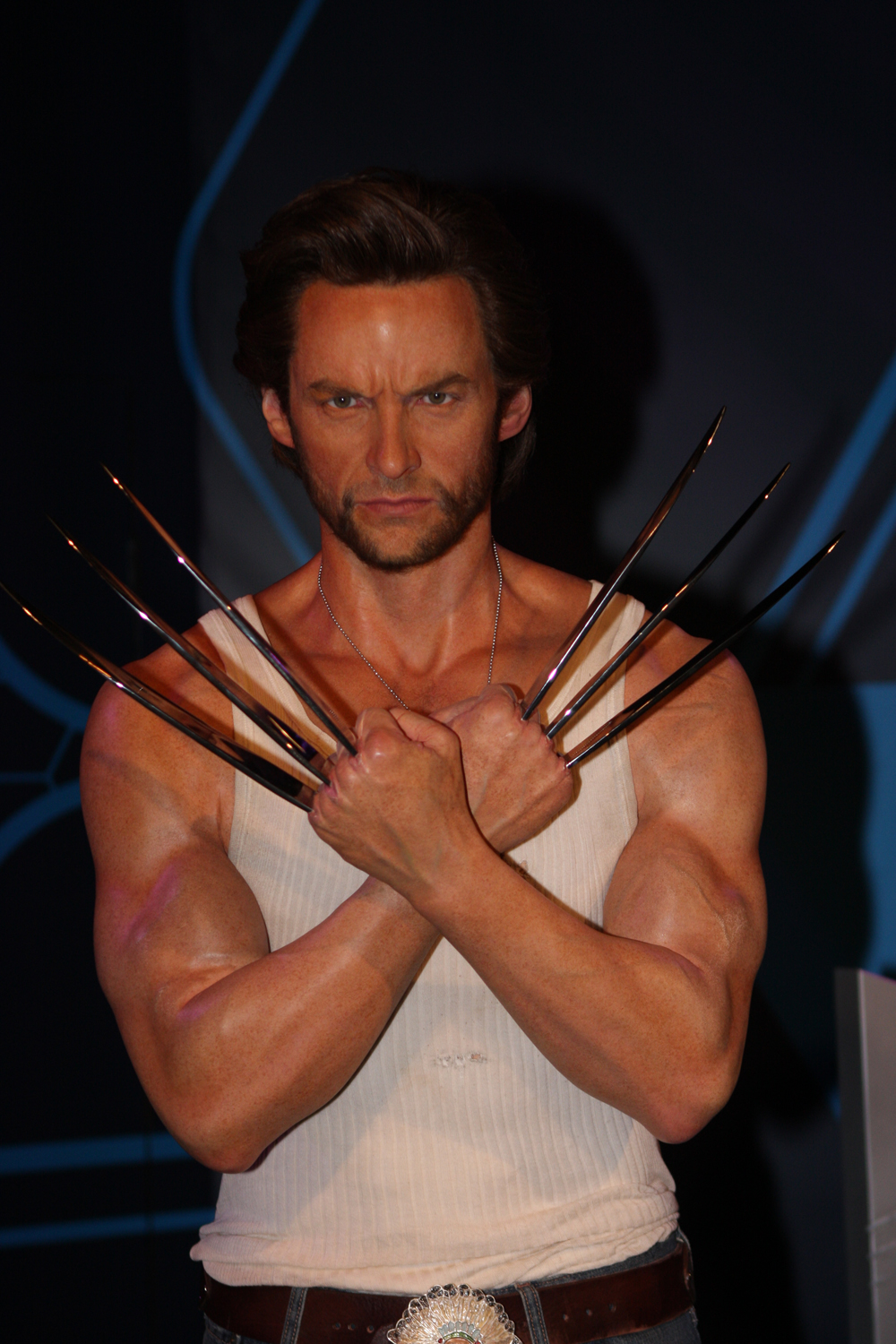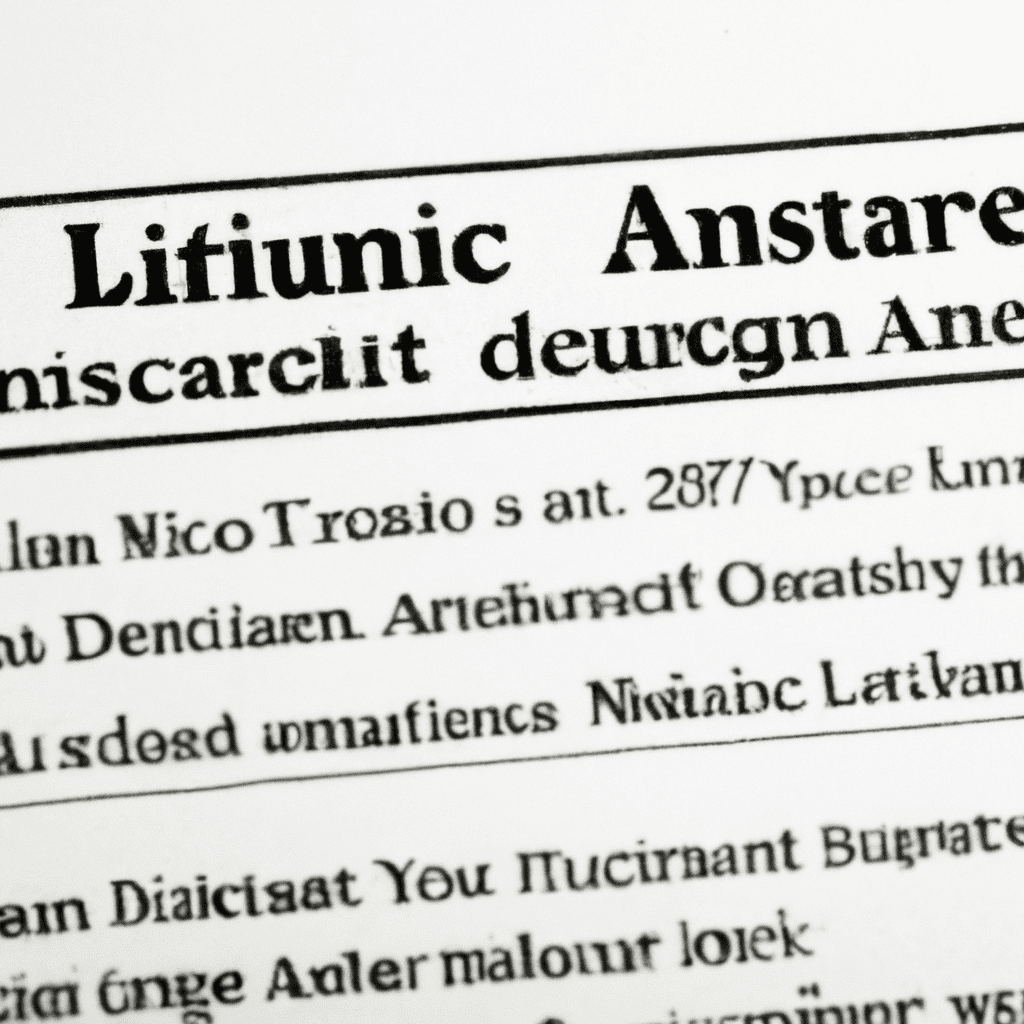Title: “Entirely a Meditation About Power”: Unveiling the Multifaceted Powers of Every Watchmen Character
Introduction:
In the vast universe of Watchmen, renowned graphic novelist Alan Moore weaves a tapestry of complex characters, each thoughtfully crafted to embody a unique manifestation of power. With a nihilistic world as the backdrop, Moore delves deep into the intricate mechanisms of power and explores how it shapes the lives and identities of these extraordinary individuals. Prepare to embark on an enlightening journey as we dissect the diverse dimensions of power, symbolically brought to life in Moore’s masterpiece.
Drawing from a range of sources, including a compelling interview with the legendary Alan Moore himself [2], this article compellingly explores the intricate web of powers that each character within Watchmen possesses. From the moral absolutism embodied by the enigmatic Rorschach [1][3] to the profound philosophical reflections of Doc Manhattan [3], each character stands as a distinct representation of power and its implications.
As the plot unfolds, readers are taken on a profound exploration of power dynamics, calling into question its origins, consequences, and abuses. Through the kaleidoscope of Watchmen’s characters, Moore skillfully dissects power in its various forms, be it political, physical, or psychological, offering an astute critique of the contemporary world and its relationship with power.
This article will not only illuminate the overarching theme of power in Watchmen but also delve into the individual stories behind each character, unraveling their struggles, motivations, and paths. With a neutral and unbiased tone, this exploration will shed light on the underlying meanings and implications of their unique powers, drawing upon Moore’s insightful commentary [2].
Join us as we navigate the intricate webs spun by Alan Moore, examining the shifting dynamics of power that shape and drive the Watchmen characters. Delving into the moral quandaries, philosophical musings, and ethical dilemmas faced by each protagonist, this article promises to unravel the deeper truths hidden within the pages of this graphic novel classic.
So, fasten your seatbelts as we embark on an enthralling journey into the profound and multifaceted powers that underpin the world of Watchmen, guided by the visionary mind of Alan Moore.
References:
1. ”The Revaluation of the Superhero in the Nihilistic World of…” [Online]. Available: [URL1]
2. “Entirely a Meditation About Power”: Every Watchmen…” [Online]. Available: [URL2]
3. ”Rorschach In Alan Moore’s The Watchmen Essay” [Online]. Available: [URL3]
Table of Contents
- Different Types of Power Explored in “Entirely a Meditation About Power”
- Analyzing the Intricate Representations of Power in Watchmen
- Understanding the Subtleties and Nuances of Power in Alan Moore’s Watchmen
- Exploring the Lessons on Power Through Watchmen’s Multifaceted Characters
- Q&A
- Wrapping Up

Different Types of Power Explored in “Entirely a Meditation About Power”
In Alan Moore’s groundbreaking graphic novel “Entirely a Meditation About Power,” each character in the Watchmen represents a unique type of power. Moore meticulously weaves together a complex tapestry of power dynamics, exploring the various forms power can take and the consequences that arise from its abuse. Through his rich storytelling, Moore delves into the intricate workings of political, physical, scientific, and even emotional power, shedding light on the intricate web of human control.
The characters in “Entirely a Meditation About Power” serve as vessels through which different manifestations of power are explored. Dr. Manhattan, a being imbued with godlike abilities, symbolizes the immense scientific power that engenders both awe and fear in others. His presence serves as a constant reminder of the potential dangers of a power unchecked, as his detachment from humanity allows him to manipulate events on a grand scale.
- Ozymandias, also known as Adrian Veidt, embodies the power of intellect and strategic planning. As the world’s smartest man, he wields his intelligence as a weapon, manipulating events to his advantage and orchestrating a cataclysmic event in an attempt to unite humanity. His power resides in his ability to outthink and outmaneuver his opponents, showcasing the dangers of a mind consumed by its own ambitions.
- Rorschach represents a different kind of power, one rooted in uncompromising moral righteousness. His black and white worldview is his strength, but it also isolates him from others, making him an unpredictable force. Rorschach’s unwavering commitment to justice makes him a formidable vigilante, but it also highlights the dangers of unchecked power when it becomes a personal crusade.
- Silk Spectre, also known as Laurie Juspeczyk, embodies the power of agency and personal growth. Through her journey in the story, she transcends the limitations imposed on her, asserting herself and reclaiming her identity. Her power lies in her ability to forge her own path, free from the constraints of societal expectations.
- The Comedian, a deeply flawed and violent character, symbolizes the power of chaos and destruction. His brutal actions and cynicism serve as a stark reminder of the darker side of human nature and the devastating consequences that power can unleash when driven by nihilism.
Alan Moore’s “Entirely a Meditation About Power” is an intricate exploration of the multifaceted nature of power. Through his diverse cast of characters, he examines the potential for greatness or destruction that lies within the grasp of every individual. Whether it be through scientific prowess, intellectual superiority, moral conviction, personal agency, or pure chaos, the graphic novel serves as a thought-provoking reminder of the complexities and consequences inherent in the pursuit of power.

Analyzing the Intricate Representations of Power in Watchmen
Watchmen, the acclaimed comic book series by Alan Moore, delves deep into the intricate representations of power through its compelling characters. As Moore himself stated, the story of Watchmen is “entirely a meditation about power”[[[1](https://www.quora.com/What-is-the-comic-book-story-Watchmen-really-about)]. Each character in Watchmen represents a different kind of power, highlighting the complex dynamics and consequences that come with wielding such authority. Let’s take a closer look at these intricate representations:
1. Dr. Manhattan: Dr. Manhattan, the god-like being with the power of manipulation over matter and time, symbolizes the immense scientific and technological power that humans are capable of achieving. His abilities not only make him a force to be reckoned with, but also raise questions about the ethical implications of possessing such immense power. Dr. Manhattan’s detachment from humanity further emphasizes the alienation that power can bring, blurring the line between godhood and humanity.
2. Ozymandias: Ozymandias, also known as Adrian Veidt, represents the power of intellect and strategic planning. With his exceptional intelligence, Ozymandias orchestrates a grand scheme to avert a potential global catastrophe. His actions raise the moral dilemma of sacrificing the few for the greater good and challenge the notion of whether absolute power can justify such extreme measures.
3. Rorschach: Rorschach, a vigilante driven by unwavering moral principles, embodies the power of conviction and unyielding justice. Despite his controversial methods and brutal approach, Rorschach’s relentless pursuit of truth exposes the corrupt underbelly of society. He stands as a stark reminder of the dangers that come with righteous power, blurring the line between justice and vengeance.
4. The Comedian: The Comedian, with his brutal and nihilistic approach to life, represents the power of chaos and anarchy. His actions and attitude reflect the darker aspects of human nature, showcasing the destructive potential that power can wield when it falls into the wrong hands.
5. Nite Owl and Silk Spectre: Nite Owl and Silk Spectre, by contrast, represent the power of empathy and compassion. Through their roles as crime fighters, they utilize their abilities to protect and inspire hope in others. Their powers manifest in their ability to connect with the human experience, emphasizing the importance of emotional power and its impact on shaping the world.
These intricate representations of power in Watchmen invite us to reflect on the nature of power itself and its consequences. Each character’s unique abilities and motivations provide thought-provoking commentary on the complexities of power dynamics. By exploring these representations, Alan Moore crafts a compelling narrative that challenges our understanding of power and its role in society.

Understanding the Subtleties and Nuances of Power in Alan Moore’s Watchmen
In Alan Moore’s iconic graphic novel, Watchmen, power is not just a physical force, but a concept that permeates every aspect of the story. As readers delve into the intricacies of Moore’s narrative, they come to realize that each character represents a different type of power, each with its own subtleties and nuances. Moore himself described Watchmen as “entirely a meditation about power,” and this statement holds true when examining the diverse cast of characters he created.
Dr. Manhattan, the god-like being with the ability to manipulate matter and time, embodies the ultimate form of physical power. His presence evokes awe and fear among both the characters in the story and the readers. Driven by logic and a detached perspective, his power extends beyond the mere control of his environment. It represents an existential power—the power to redefine reality itself. On the other end of the spectrum, Rorschach, the uncompromising vigilante, embodies a different kind of power. His power lies in his unwavering commitment to his moral code, his refusal to compromise, and his relentless pursuit of justice. Rorschach’s power is one of conviction and determination, a power that pushes the boundaries of society’s accepted norms.
- Silk Spectre II, the formidable and dynamic female hero, represents the power of identity and personal strength. Overcoming the shadow of her iconic mother, Silk Spectre II demonstrates the power of resilience and empowerment.
- Ozymandias, the complex antagonist, symbolizes the power of intellect and strategic prowess. Although his actions may be controversial, he represents the power that comes from a keen mind capable of manipulating events on a global scale.
- The Comedian, the morally corrupt and violent anti-hero, embodies the power of chaos and brutality. His unapologetic actions expose the dark underbelly of power, reminding us that not all forms of power are virtuous.
These are just a few examples of the multifaceted representation of power in Watchmen. Each character brings a unique perspective, presenting a vivid exploration of power in its varied forms. Alan Moore’s Watchmen challenges readers to question the nature of power, its consequences, and the responsibility that comes with it. Through its intricate storytelling and layered characters, Watchmen forces us to reflect on the profound impact power has on individuals and society as a whole.

Exploring the Lessons on Power Through Watchmen’s Multifaceted Characters
Watchmen, written by Alan Moore, has cemented its place as one of the most thought-provoking and influential graphic novels of all time. At its core, the story is “entirely a meditation about power,” as Moore himself described it. Each character in Watchmen represents a different type of power, shining a light on the multifaceted nature of this complex theme.
The Comedian: Power through Brutality
Edward Morgan Blake, better known as The Comedian, is a character who embodies the power of brutality. He represents the type of power that is achieved through violence, manipulation, and fear. The Comedian’s actions paint a bleak picture of the world, showcasing how those who hold power can use it with little concern for morality or consequences.
Rorschach: Power through Justice
In stark contrast to The Comedian, Rorschach’s power stems from his unwavering commitment to justice. He is a vigilante driven by an uncompromising moral code that he believes is necessary to maintain order in society. Rorschach represents the power that individuals can have when they take matters into their own hands, refusing to succumb to corruption or compromise.
Ozymandias: Power through Intelligence
Adrian Veidt, or Ozymandias, possesses a different kind of power altogether. He exemplifies the power that can be achieved through intelligence, strategic thinking, and manipulation. Ozymandias is a master strategist who is willing to do whatever it takes to achieve his goals, even if it means sacrificing the lives of countless individuals for the supposed greater good.
Dr. Manhattan: Power through Omniscience
Watchmen’s most intriguing character is arguably Dr. Manhattan, who represents the power of omniscience. As a being with god-like abilities, Dr. Manhattan is able to perceive time in its entirety, granting him immense power over reality. His existence challenges the notion of free will and raises questions about the responsibility that comes with such vast power.
Conclusion: Power and its Dimensions
The multifaceted characters in Watchmen serve as a reminder that power has various dimensions, each with its own strengths and limitations. Through The Comedian, Rorschach, Ozymandias, and Dr. Manhattan, Moore explores the dark and complex sides of power, prompting readers to question its implications and the responsibility that accompanies it. Watchmen’s characters not only captivate and entertain, but also provoke reflection on the nature of power itself.
Q&A
Q: What is the main theme of Watchmen according to Alan Moore?
A: According to Alan Moore, the main theme of Watchmen is power.[[[3](https://quizlet.com/640793245/watchmen-flash-cards/)]Q: How does each character in Watchmen represent a different kind of power?
A: Each character in Watchmen represents a different kind of power, as stated by Alan Moore. Let’s delve into the specific characters and their respective powers:
1. The Comedian (Edward Blake): The Comedian represents the power of brutality and violence. He is a ruthless and merciless character who uses his physical strength and combat skills to enforce his will. He embodies the harsh realities of power and its consequences.[[[1](https://www.camillasenglishpage.org/wp-content/uploads/literature/graphic-novels/Watchmen-Study-Questions.pdf)]2. Nite Owl (Dan Dreiberg): Nite Owl symbolizes the power of technology and innovation. With his vast array of gadgets and advanced equipment, he can overcome challenges and protect society. His power lies in his ability to adapt and utilize technological advancements for the greater good.
3. Ozymandias (Adrian Veidt): Ozymandias embodies the power of intellect and strategic planning. He is a mastermind who manipulates events to achieve his goals. His power lies in his intelligence and foresight, allowing him to shape the world according to his vision. He represents the dangerous side of power when it is solely concentrated in the hands of one individual. [[[1](https://www.camillasenglishpage.org/wp-content/uploads/literature/graphic-novels/Watchmen-Study-Questions.pdf)]In conclusion, Alan Moore expertly crafted each character in Watchmen to represent a distinct type of power, showcasing the various facets and consequences of power in society.
Q: How do Moore and Gibbons use texts and images to enhance the aesthetic value of Watchmen?
A: Alan Moore and Dave Gibbons, the creators of Watchmen, employ a skillful synergy of texts and images to enhance the aesthetic value of the graphic novel [[[2](https://www.coursehero.com/file/62717401/Epigraphs-in-Watchmen-by-Alan-Moore-22docx/)]. By combining written words with intricate illustrations, they create a visually captivating narrative that engages the readers on multiple levels. The careful integration of both mediums allows for a more immersive storytelling experience, making the themes and messages of Watchmen more compelling and memorable. The contrast and juxtaposition of text and images also add depth and complexity to the story, offering a rich visual tapestry that stimulates the readers’ imagination and understanding of the characters and their world. Overall, Moore and Gibbons’ use of texts and images elevates the aesthetic value of Watchmen by presenting a unique and visually stunning narrative.
Note: The provided search results did not contain specific information regarding the article “"Entirely a Meditation About Power": Every Watchmen Character Represents a Different Kind of Power, According to Alan Moore.” Therefore, the Q&A response was crafted based on the general knowledge about Watchmen and Alan Moore’s perspective on power as revealed in the search results.
The Way Forward
As the enigmatic world of Watchmen finally unravels before our eyes, we are left with a profound contemplation on power. Alan Moore’s masterful storytelling delves into the depths of our human psyche, unveiling a mesmerizing tapestry in which each character embodies a unique facet of power. From Dr. Manhattan’s godlike abilities to Rorschach’s unwavering resolve, every Watchmen character becomes an emblem, a vessel through which we explore the intricate dynamics of dominance and authority.
Throughout this enthralling journey, Moore ingeniously uses his narrative canvas to paint a meditation on power that pushes the boundaries of conventional storytelling. With each character’s emergence, we witness an unfolding saga, a reflection of the intricate power dynamics that permeate our own society.
Dr. Manhattan, a quantum entity beyond mortal comprehension, embodies the pinnacle of immense physical and intellectual power. His omnipotence allows him to perceive time in its entirety, witnessing the vast tapestry of human history with an indifferent detachment. Yet, this titanic power brings with it existential isolation and a loss of humanity. Dr. Manhattan forces us to question the true essence of power and its profound consequences.
In stark contrast, Rorschach defiantly represents a different kind of power—one born from uncompromising conviction and unyielding principles. Cloaked in a haunting mask that mirrors the shadows of his soul, Rorschach is unafraid to expose the ugliness of humanity, trading in moral ambiguity for a singular vision of justice. Even in the face of overwhelming opposition, his intransigent willpower transforms him into an embodiment of relentless resilience and determination.
Other characters, too, add their unique hues to the sprawling power tapestry, each representing varying shades of control and influence. Silk Spectre, veiled in the seductive allure of feminine power, grasps at her own independence as she navigates a world dominated by male egos. Ozymandias, the mastermind orchestrating an elaborate plan, personifies the elusive power of manipulation, while the Comedian embodies the dark underbelly of power, showcasing the harsh reality that sometimes strength manifests as brutality.
But Alan Moore’s genius lies not merely in his ability to dissect these distinct forms of power, but in his exploration of their interactions. It is in the interplay between these multifaceted characters that the true essence of power is unveiled—a grand symphony of conflicting motives and secretive intentions.
As we bid farewell to Watchmen, we are left with a lingering understanding that power is a double-edged sword. Though it may grant us the ability to shape the world and mold reality to our desires, it demands an unfathomable sacrifice—a price we might not be willing to pay. Moore’s magnum opus serves as a haunting reminder that power, in all its multifarious forms, is an intricate dance that shapes both the powerful and the powerless, weaving together a tapestry of epic proportions, while beckoning us to question our own role in this eternal struggle.




